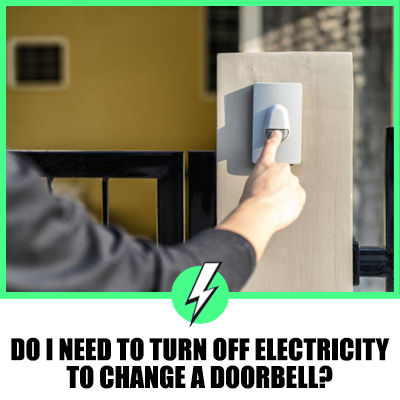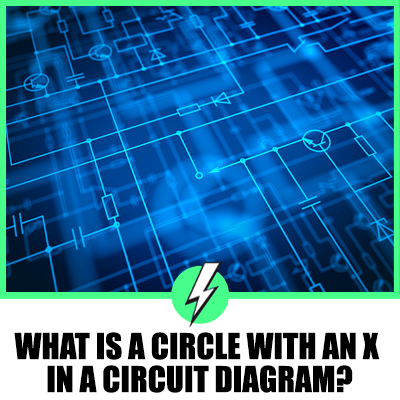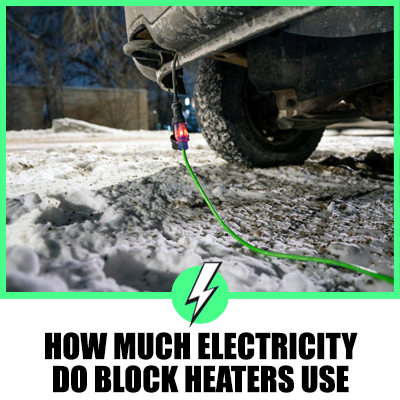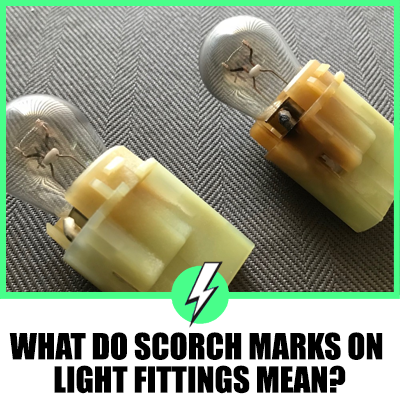Electrical Cable Sizes Ultimate Guide
A basic understanding of electrical cable sizes is necessary, in order to perform installations, remodelling and electrical repairs.
This is because a basic skill that is needed in electrical jobs is to be able to fit new plugs and reconnect them together.
Electrical cable sizes refer to the diameter of the metal conductor of the wire. The capacity of a wire to carry current is directly related to its gauge.
There are three criteria to inspect before selecting wire for the electrical work at hand: 1) the gauge of the wire, 2) the capacity of the wire; and 3) the purpose of the wire.
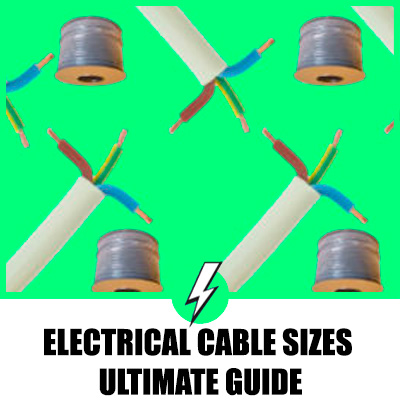
Wire selection must be done carefully as a mismatch of wire to the system will increase the risk of short circuits or spark that leads to fire.
This guide provides a comprehensive discussion on electrical cable sizes, specifically of cables, flexes and armoured sizes.
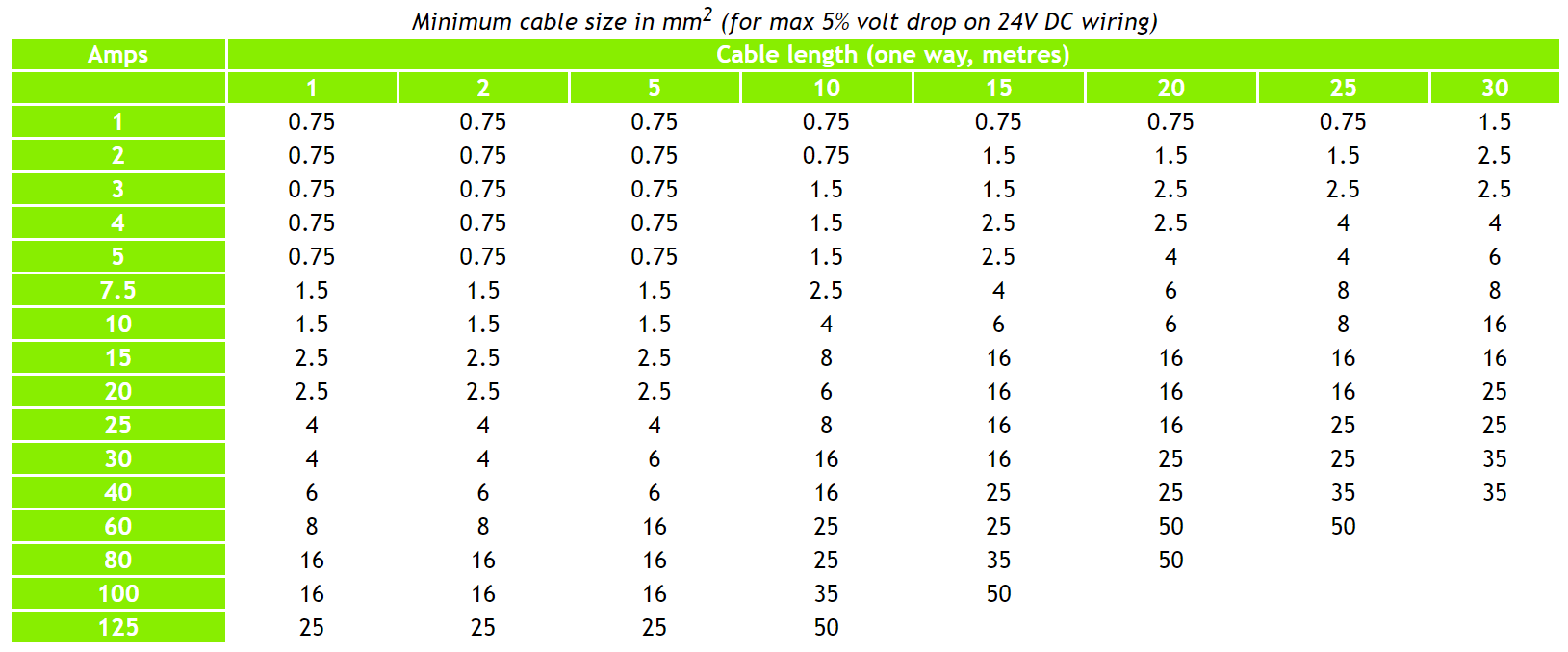
Contents
Cable Sizes
A cable is used for permanent wiring and is usually utilized to transmit and distribute electrical power through a ground system. It is usually positioned away from plain view: behind walls, in ceilings and in floors.
The two basic parts of a cable are the following: 1) the cores; and 2) the PVC sheathing that is usually white and grey.
There are three kinds of cores for two-core-and-earth cables. Each core is identifiable by the colour of its sheathing: 1) live core that is insulated by a brown sheath, 2) neutral core that is insulated by a blue sheath; and 3) the earth core that does not have a sheath.
A three-core-and-earth cable has cores that are brown, black and grey in colours, with a bare earth core. It is critical to remember that the brown cores are live, while the blue cores are neutral.
Below you will our cable guide for choosing cable sizes according to the number of cores of the cable. (You can find cable on Amazon- click to see price)
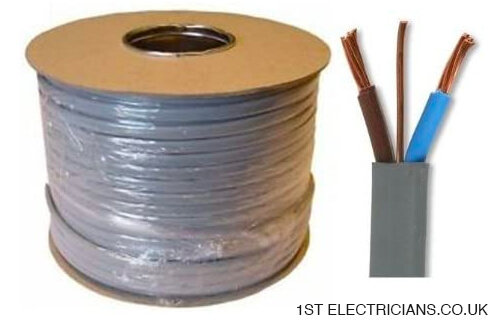
- Two-core-and earth cables (twin core and earth cables)
Core sizes determine the current and wattage of the cable in “free air” installations. The sizes are also selected according to the electrical application at hand.
The following are twin core and earth cable sizes.
- 1.0 mm2 — 14A in current, 3.25kW at 240V and is used for lighting applications
- 1.5 mm2 — 18A in current, 4.25kW at 240V and is also used for lighting applications
- 2.5 mm2 — 24A in current, 5.75kWat 240V and is used for power circuits
- 4.0 mm2 — 32A in current, 7.75kW at 240V and is used for power circuits and shower applications
- 6.0 mm2 — 40A in current, 12.9kW at 240V and is used for shower and cooker applications
- 10 mm2 — 53A in current, 12.9kW at 240V and is used for cooker applications
- Three-core and earth cables (3-core earth cables)
The same principles apply with 3-core and earth cables as the twin core and earth ones; the cable sizes correspond with a current and wattage. However, 3-core earth cables are only used for two-way switching of lights.
- 1.0 mm2 — 12A in current, 2.75kW at 240V and is used for lighting double pole switches.
Flex Sizes
Flex is a stranded electrical wire that is used to connect appliances and pendant lights to main wiring systems. The other term for flex is “flexible cable”. Similar to a cable, a flex has three cores that are insulated within white or coloured sheaths.
The different-coloured three cores correspond to insulation: 1) brown core is for live insulation, 2) blue core is for neutral insulation; while 3) green or yellow core is for the earth.
While similar to cables, it is essential to know the difference between flex and cables as they serve different purposes in the electrical systems that run within a building.
The selection of flex sizes among the available range is according to the wattage of the appliance that the flex cable will be used connected to. (You can find flex on Amazon- click to see price)
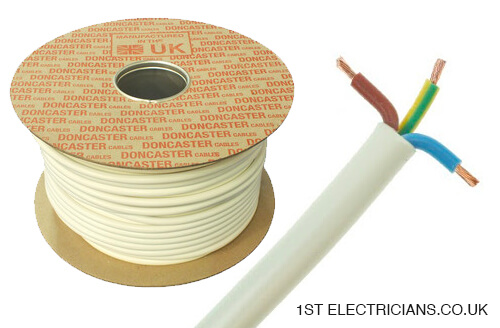
The list below is a collection of flex sizes and the corresponding rating of the appliance that it is intended to be used for.
- 0.5 mm2 — with corresponding 700W appliance rating
- 0.75 mm2 — with corresponding 1400W appliance rating
- 1 mm2 —with corresponding 2300W appliance rating
- 1.25 mm2 or 1.5 mm2 — with corresponding 3000W appliance rating
Armoured sizes
Armoured cables are used to transmit data or power in harsh environments such as underground or overhead. An armoured cable features a metal sheet that is not found in the two above-mentioned cable types.
The cross-section of an armoured cable contains multi-stranded inner cores that are sheathed individually. These multi-stranded inner cores are then wrapped by an overall protective sheath. The wrappings are doubled, thus the name, “armoured”.
The general core sizes of three-stranded armoured cables are presented below, as well as their corresponding current and wattage.
However, it is worth remembering that certain manufacturers designate specifications on their armoured cables, that are usually printed in the insulation. (You can find armoured cable on Amazon- click to see price)
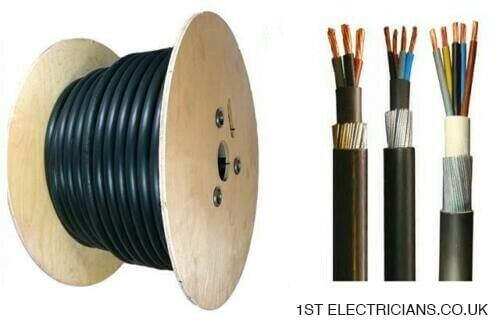
- 1.5 mm2 — 18A in current, 4.25kW at 240V
- 2.5 mm2 — 24A in current, 5.75kW at 240V
- 6.0 mm2 — 41A in current, 9.9kW at 240V
- 10.0 mm2 — 56A in current, 12.5kW at 240V
- 16.0 mm2 — 85A in current 20.5kW at 240V
- 25.0 mm2 — 104A in current 25.25kW at 240V
It is highly recommended that the installation of armoured cables are left to professionals; not because they are difficult or highly technical to install, but because safety is a huge underlying factor that comes with armoured cables.
This was an overview coverage of necessary information that is related to cable sizes. Specifically, three types were discussed: cable, flex and armoured cables, and their corresponding currents, wattages and applications.
What size cable for lighting uk?
The standard cable size for domestic lighting circuits is generally 1.5mm² twin and earth cable. This size is suitable for most lighting circuits, assuming they are protected by a 6A circuit breaker in the consumer unit.
This cable size is capable of handling the power requirements of multiple light fixtures on a single circuit in a typical home environment.
However, it’s important to consider the total load of the lighting fixtures on the circuit and ensure it does not exceed the capacity of the cable and the circuit breaker.
For larger installations or in cases where there might be a significant load, a larger cable size might be necessary.
Always consult with a qualified electrician or refer to the IET Wiring Regulations (BS 7671) for specific projects to ensure compliance with safety standards and regulations.


